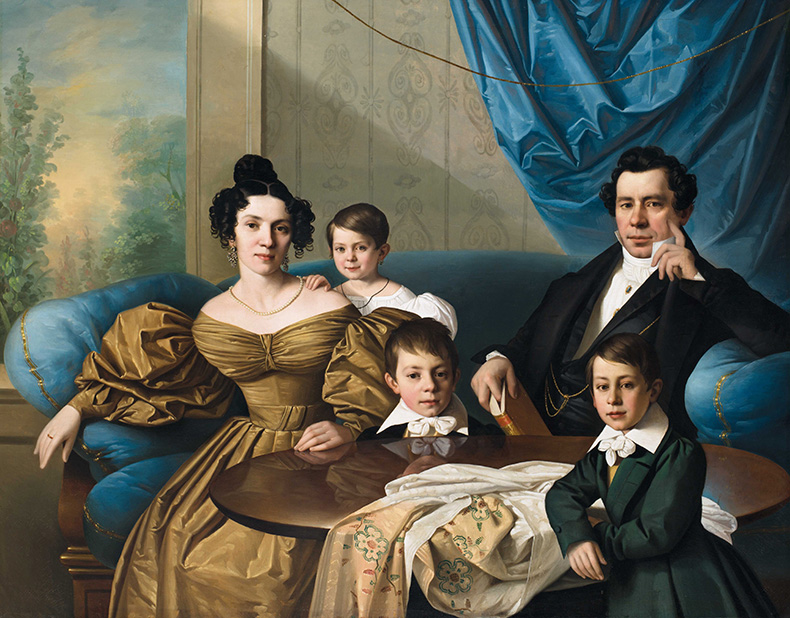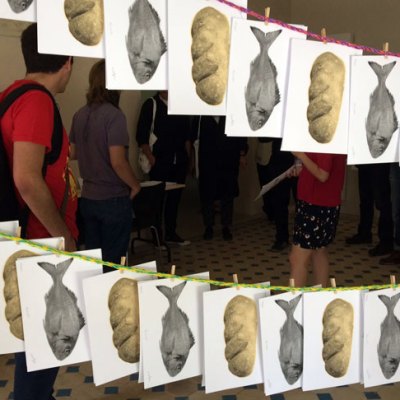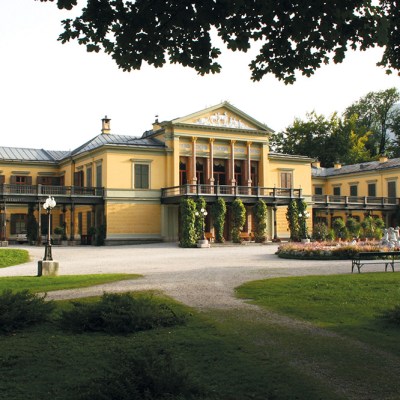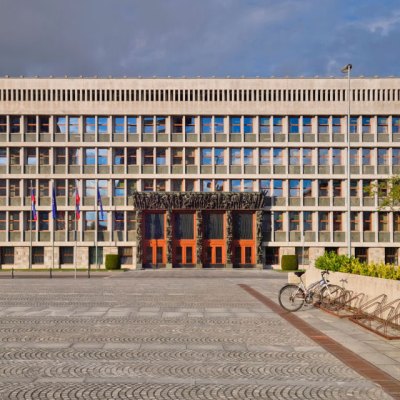This exhibition focuses on a period bookended by two seismic events in the history of Slovenia: the revolutions of 1848, in which Slovenes and other European peoples rose up against the ruling Austrian Empire, and the collapse of the Austro-Hungarian Empire in 1918. Although it was not until it declared independence from Yugoslavia in 1991 that Slovenia became an independent nation, the late 19th and early 20th centuries are seen in Slovenia as the era of national emancipation – and it is fitting that this exhibition, organised with the Slovenian National Gallery, should take place in the former imperial capital of Vienna (30 January–25 May). Beginning with works by the one of the forefathers of modern Slovenian painting, Jožef Tominc, the show moves through artists such as Ivan Grohar, Matej Sternen and Rihard Jakopič, who incorporated Impressionist influences into works that depicted the country’s landscapes and peasant class, as well as Ivana Kobilca – a realist painter who many consider to be Slovenia’s national artist.
Find out more from the Belvedere’s website.
Preview below | View Apollo’s Art Diary
Summer (1889–90), Ivana Kobilca. Photo: National Gallery of Slovenia

Dürnstein I (1911), Matija Jama. Photo: National Gallery of Slovenia
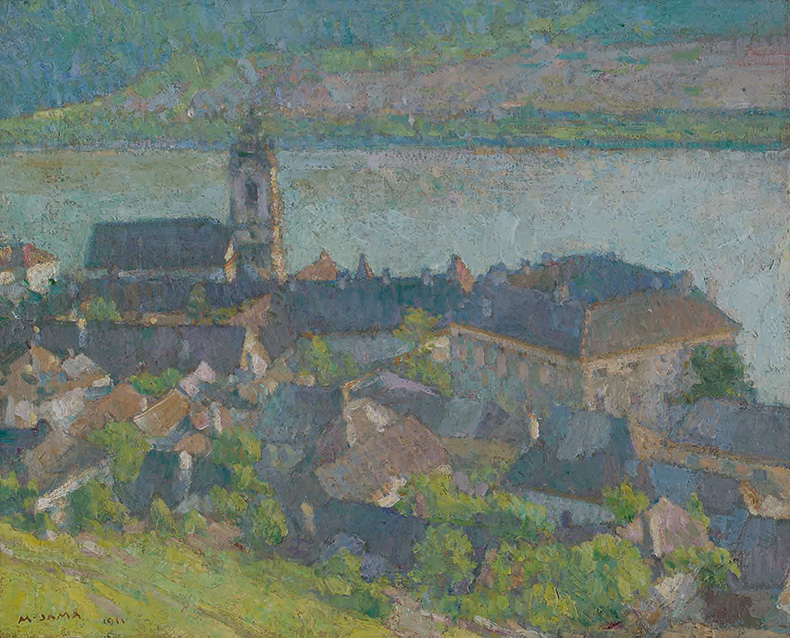
The Red Parasol (1904), Matej Sternen. Photo: National Gallery of Slovenia
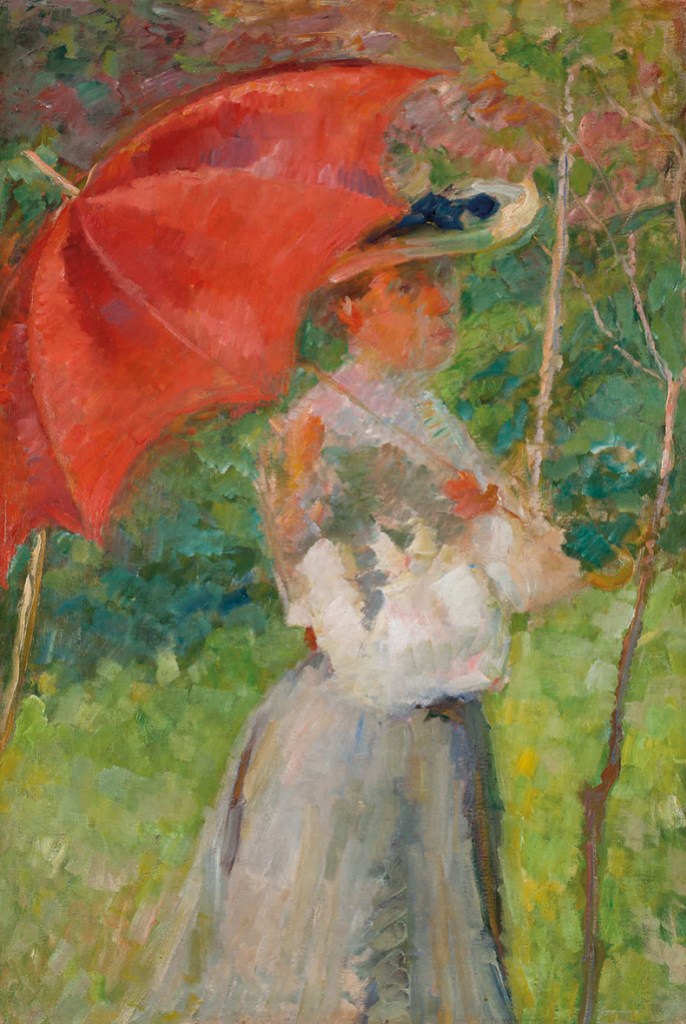
The Family of Dr Frušić (before 1835), Jožef Tominc. Photo: © National Gallery of Slovenia
